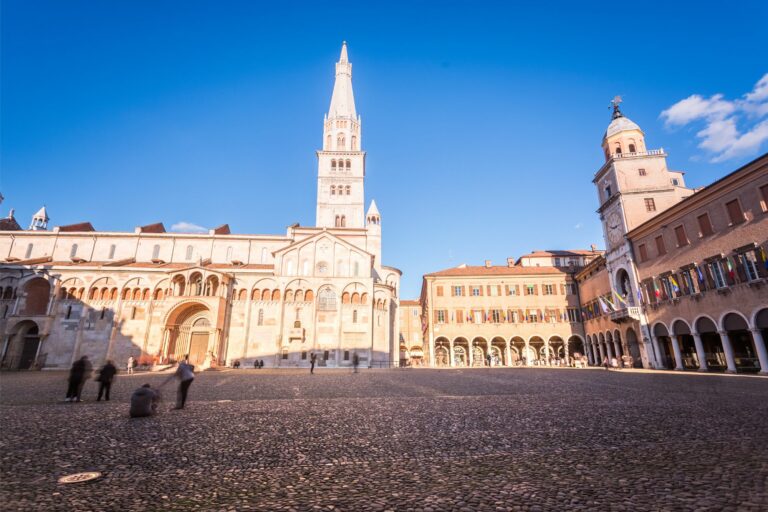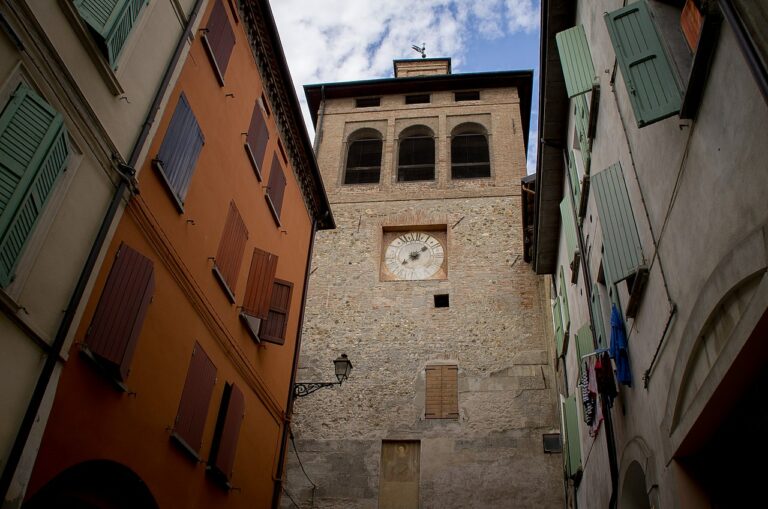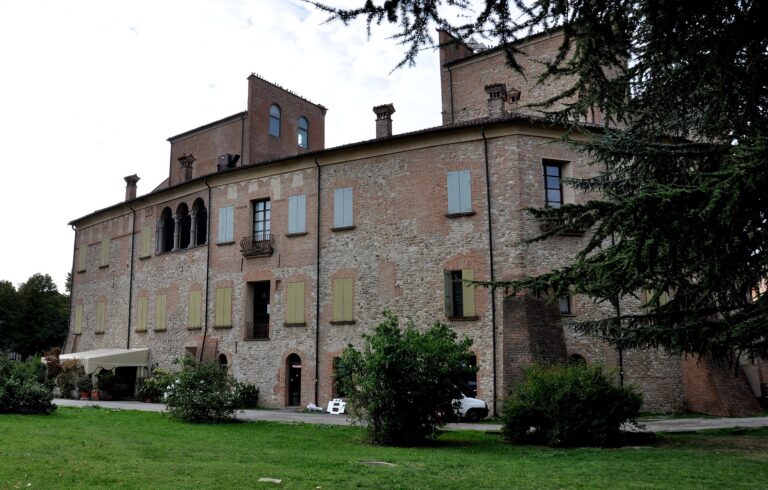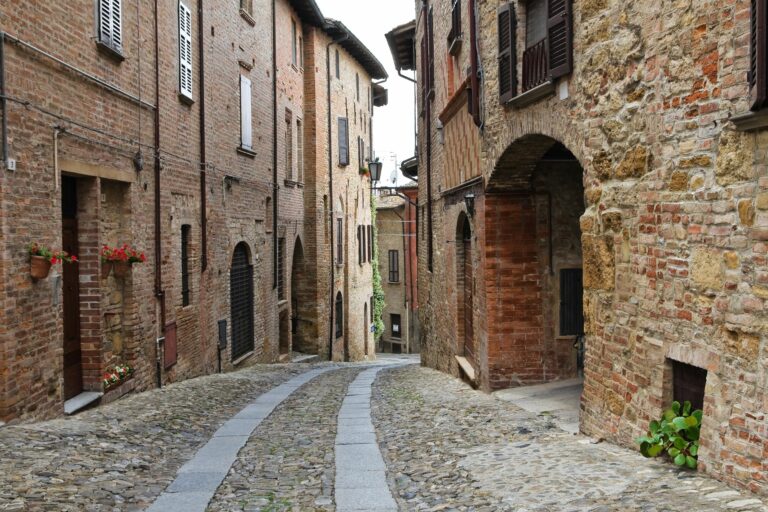One of the films that has best told the story of Italy is undoubtedly the saga dedicated to the adventures of “Don Camillo and Peppone,” played respectively by Fernandel and Gino Cervi and loosely based on the characters created in the postwar period by writer, journalist and cartoonist Giovannino Guareschi. Although the 1972 chapter of the saga directed by famed director Mario Camerini moved the entire town to the exteriors of San Secondo Parmense (PR), everyone knows that the events between the two characters take place in the squares and streets of a small town on the banks of the Po River, Brescello, whose notoriety is largely linked to the film adaptation of Guareschi’s stories.
The first stop on the itinerary is Brescello’s beautiful central square, Piazza Matteotti, home to life-size bronze statues of Don Camillo and Peppone by Mantuan sculptor Andrea Zangani, unveiled in June 2001 to commemorate the 50th anniversary of the first film. In the square, the Church of Santa Maria Nascente, at which Don Camillo served as parish priest, and the Town Hall, the base where the curate’s sympathetic antagonist, Mayor Peppone, resided instead, continue to face each other emblematically. A small chapel in the church still houses the famous talking crucifix that the parish priest used to talk to in moments of doubt.
A short walk from the square, on Via De Amicis, is the Peppone and Don Camillo Museum, a must-see for nostalgics and fans of the films. Set up in the Centro Culturale San Benedetto, home of the Casa del Popolo during filming, the museum holds a large number of props such as Peppone’s motorcycle, Don Camillo’s dress suit and the bicycles used by the two at the end of “Don Camillo and the Honorable Peppone.” Also inside are numerous photographs taken during the making of the films, original posters and reconstructions of Don Camillo’s rectory and Peppone’s kitchen.
In the park named after Guareschi, a small and well-kept green area where there is a monument dedicated to him created by the German sculptor Gudrun Schreiner, there is the locomotive that so many times made us enter and leave the town, while in Mingori Square there is a “substitute” for the tank that appears in the filming of one of the films in the series. In Via F. Cavallotti, on the other hand, you can visit the Brescello and Guareschi Museum – The Territory and the Cinema, where film machinery with which an original set is reconstructed, agricultural objects and tools of the boatmen of the 1950s are on display, recreating the typical atmosphere of the civilization portrayed in the films.
But don’t end there, the entire village is littered with film clues such as: the small chapel of the Madonnina del Borghetto, which in “Don Camillo monsignore… but not too much” was to be torn down to make room for the construction of some council houses but which, by an event deemed supernatural, holds up to demolition attempts; the bell Peppone had built, which today hangs under the portico of Via Giglioli; the train station, practically unchanged, located at the end of Viale Venturini; and Peppone’s house located along Via Carducci, which was used to film some shots including the very famous one in the first film “Don Camillo,” when from its balcony Peppone looks out showing all the townspeople his newborn son.
Of course, there are not only “Don Camillo and Peppone,” other directors also set their films in the province of Reggio Emilia. Pietro Germi, considered one of the most important exponents of Italian-style comedy, set part of the 1950 film “The Way of Hope,” based on the novel “Heart in the Abyss” by Nino Di Maria, in Campegine. Another great director, Federico Fellini, for “La voce della luna,” a 1990 film inspired by the novel “Il poema dei lunatici” by Ermanno Cavazzoni, reconstructed the landscapes of Novellara in Cinecittà. Finally, the famous singer Ligabue, in his directorial debut, set “Radiofreccia” in a small town in the Reggio Emilia area, never explicitly named, although some visual elements identify it with Correggio, the artist’s hometown.
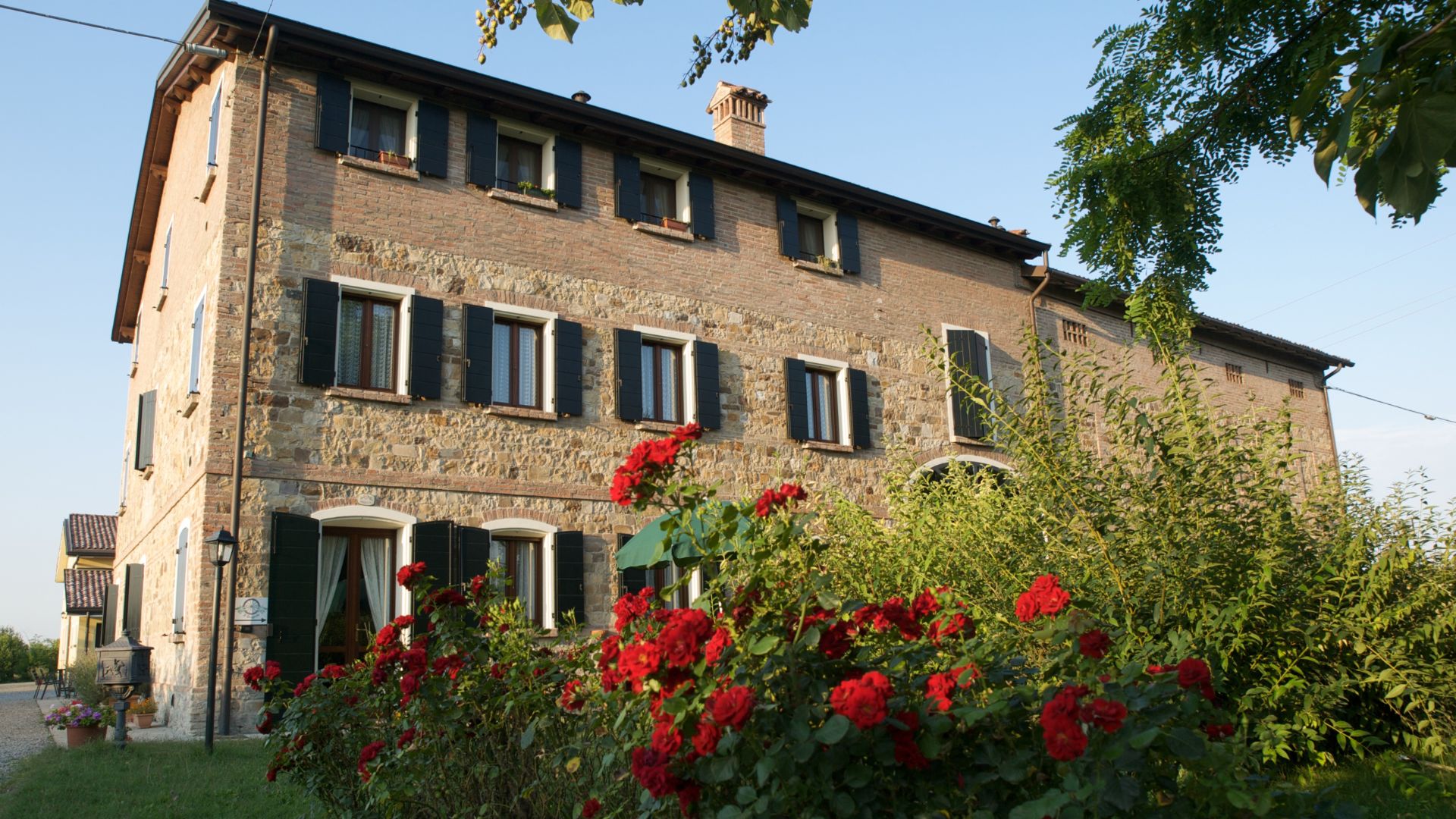
AGRITURISMO IL BRUGNOLO
Welcome to il Brugnolo
If you’re looking for completely independent apartments surrounded by greenery you really are in the right place here!
In fact, Brugnolo is immersed in the green nature of the Emilian countryside. For your relaxation, for that of your children, and again for the runs of your 4-legged friends, you will have 6000 square meters of park at your disposal!


